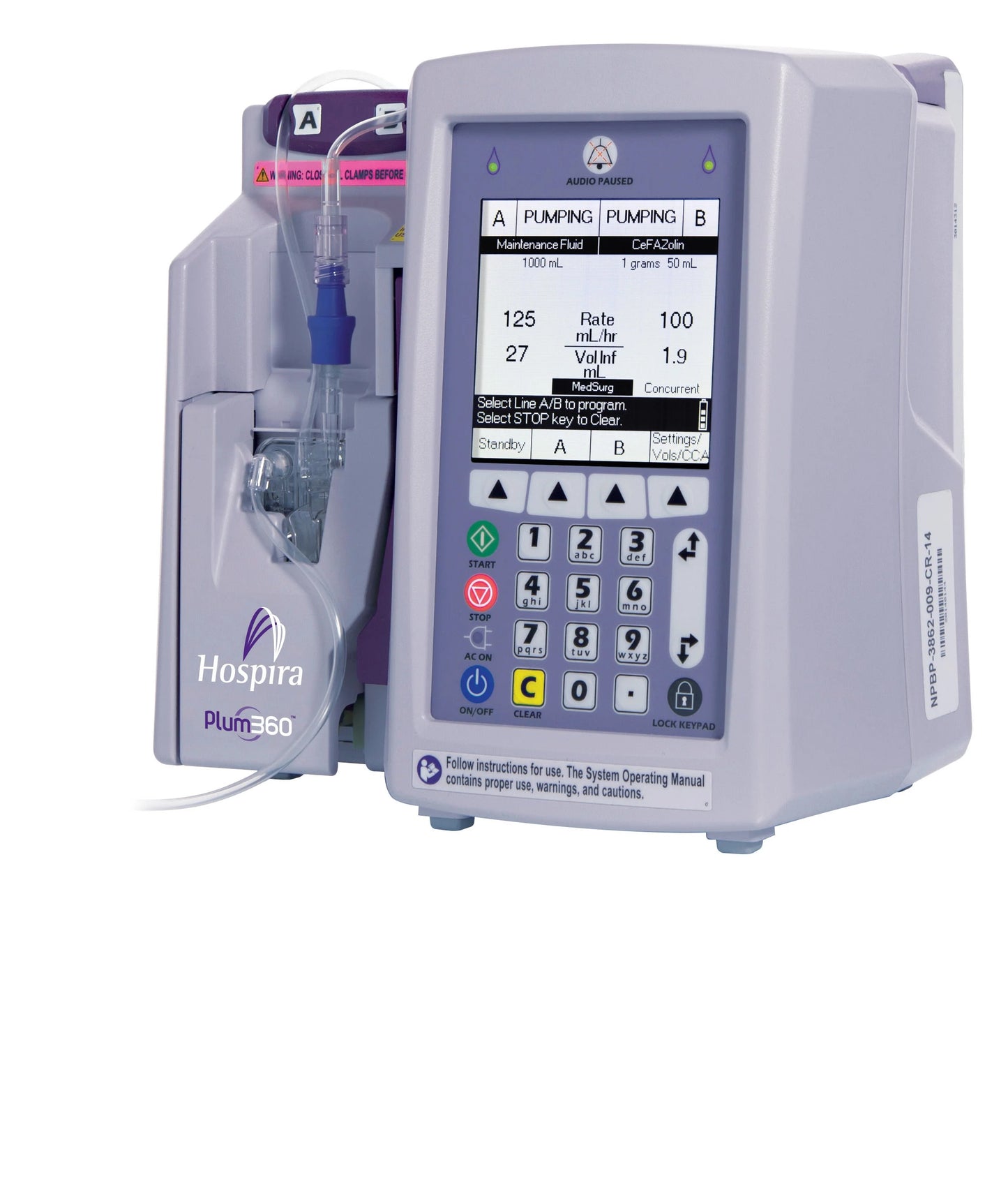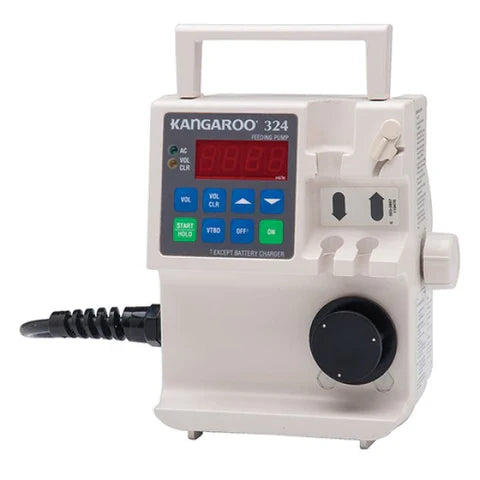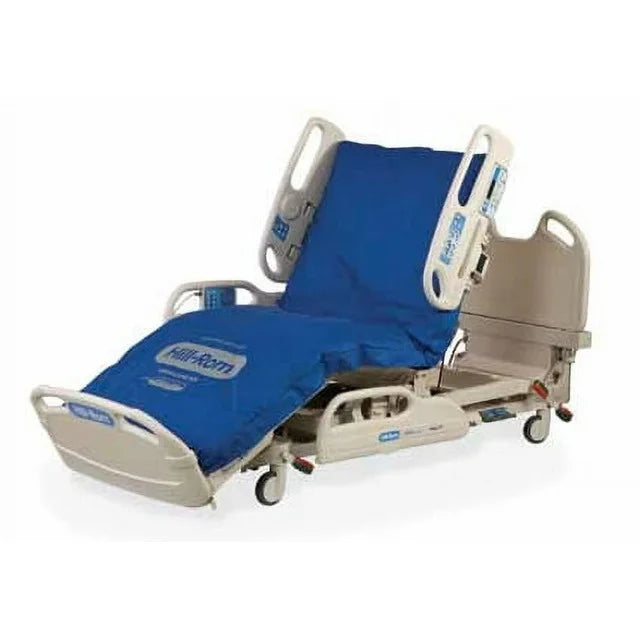
Testing an infusion pump involves a series of checks to verify its functionality and performance. The following steps outline a typical testing procedure:
Visual Inspection
- Check for physical damage: Inspect the pump for any signs of wear and tear, such as cracks, loose components, or corrosion.
- Examine the display and buttons: Ensure the display is clear and buttons are functioning properly.
Operational Testing
- Battery check: Verify that the battery holds a charge and operates within the manufacturer’s specified range.
- Alarm functionality: Test all alarms, including occlusion, air-in-line, and low battery alarms, to ensure they trigger under appropriate conditions.
- Flow rate accuracy: Measure the flow rate at different settings to ensure it meets the specified tolerance levels.
Leakage Testing
- Fluid pathway check: Ensure there are no leaks in the tubing, connections, or internal components of the pump.
- Pressure tests: Apply pressure to the system to simulate operational conditions and check for leaks.
Calibration ensures the infusion pump delivers the correct amount of fluid at the specified rate. The calibration process typically includes:
Calibration Setup
- Use of precision tools: Utilize calibrated syringes or flow analyzers to measure the fluid output accurately.
- Environmental conditions: Perform calibration in a controlled environment to avoid external factors influencing the measurements.
Volume and Flow Rate Calibration
- Set the pump to a known flow rate: Program the pump to deliver a specific flow rate.
- Measure the actual output: Use a flow analyzer or calibrated container to collect and measure the dispensed fluid over a set period.
- Adjust calibration settings: Compare the measured output with the expected output and adjust the pump’s calibration settings as needed to match the specified values.
Documentation and Verification
- Record calibration data: Document the calibration results and any adjustments made.
- Re-test post-calibration: Verify the pump's accuracy again after calibration to ensure the adjustments have been successful.
Potential Pitfalls and Solutions
1. Inaccurate Measurements
- Pitfall: Environmental factors, such as temperature and humidity, can affect measurement accuracy.
- Solution: Calibrate in a controlled environment and use precision measurement tools. Regularly verify and calibrate the tools used for testing to maintain accuracy.
2. Improper Calibration Procedures
- Pitfall: Incorrect calibration techniques can lead to inaccurate fluid delivery.
- Solution: Follow manufacturer guidelines meticulously. Ensure that personnel are adequately trained and understand the specific calibration procedures for each pump model.
3. Neglecting Software Updates
- Pitfall: Software glitches or outdated firmware can affect pump performance and calibration settings.
- Solution: Regularly check for and apply software updates provided by the manufacturer. These updates often include fixes for known issues and improvements in device performance.
4. Undetected Component Wear
- Pitfall: Worn-out components, like tubing and seals, can lead to leaks or inaccurate flow rates.
- Solution: Include component inspection as part of routine maintenance. Replace any parts that show signs of wear or are nearing the end of their service life.
5. Human Error
- Pitfall: Mistakes in setting up the pump or recording data can lead to calibration errors.
- Solution: Implement a double-check system where another technician reviews the setup and results. Use automated calibration systems where possible to reduce manual errors.
6. Failure to Perform Routine Maintenance
- Pitfall: Skipping regular maintenance checks can lead to undetected performance degradation.
- Solution: Adhere to a strict maintenance schedule as recommended by the manufacturer. Routine checks should include cleaning, inspecting, and testing the pump's functionality.
7. Ignoring Manufacturer’s Specifications
- Pitfall: Using testing and calibration procedures not aligned with the manufacturer’s specifications can cause discrepancies in performance.
- Solution: Always follow the manufacturer’s guidelines and use recommended tools and methods for testing and calibration. Contact the manufacturer for clarification if there is any uncertainty.



